(NB: This is an edited version of an earlier post.)
Welcome to Long Live the ABB: Conversation from the Crossroads of Southern music, history, & culture.
Today’s post is the Preface to Play All Night! Duane Allman and the Journey to Fillmore East.
This gives insight into how I approached the book and how I approach Duane and the ABB as a historian.
It’s also a way to (re)introduce myself to readers Long Live the ABB.


Before you start reading you need to know one thing. I am far from unbiased when it comes to Duane Allman and the Allman Brothers Band.
Though I am an academically trained historian who has worked in the field of history museums since 1999, my dyed-in-the-wool, unabashed, hardcore Duane Allman fandom led me to this project.
I rank the Allman Brothers Band among the greatest, most significant rock bands in history.
Their third album, At Fillmore East, is why we remember them as such.1
Blame the BMG music club’s “Twelve-CDs-for-One” deal for this book.
Actually, fault their liberal policy of allowing folks with the same address to benefit from their “refer-a-friend” policy, as the Allman Brothers’ Decade of Hits 1969–1979 came addressed to my roommate, I. M. Fletcher.2
It was 1993, the moment I discovered the Allman Brothers Band (ABB). Since that day, I have not gone a week of my life without listening to something Allman Brothers–related, including this very moment.
Yes, a greatest hits collection changed my life.
I use quotes around “discovered” because everyone who came of age in the seventies or later knew the Allman Brothers Band. Even in the pre-classic rock era, they were a stalwart on FM radio.
Most stations favored their 1973 #2 hit “Ramblin’ Man,” but I also remember “One Way Out,” “Midnight Rider,” and the bouncing, western swing-inspired instrumental “Jessica” on the radio. (I assumed it was the Grateful Dead as they were the only band I knew of that played music that was mysterious and fun and serious all at the same time.)
Sometime in the mid-1980s, I bought At Fillmore East on cassette at Spec’s music in Jensen Beach, Florida. I was a new guitar player, twelve or thirteen at most and I was consumed by the blues.
Muddy Waters led me to Robert Johnson who led me to Eric Clapton who led me to seek out Duane Allman.
It astonishes me to this day, but At Fillmore East went completely over my head.
In the years since, the album has given me everything I had hoped to find when I first purchased it. But my ears weren’t ready for it. Duane’s masterpiece fell flat.
Fast-forward a decade.
I was in my twenties when Decade of Hits arrived in the mail.
The title is a misnomer. The Allman Brothers were never a singles band, and very few songs were actual “hits.” Instead, the album offered a good overview of the band’s first ten years. Its tracks introduced me to a sound that was, to my ears, wholly original to the Allman Brothers Band: blues covers and originals, a country influence, haunting ballads, and gorgeous instrumentals (including “Jessica,” the song I thought was the Grateful Dead). I was awestruck then; I remain so now.
“What band combines all of this in one place so brilliantly?” is a question I’ve pondered for many more hours than I’d care to admit.
Ultimately, I chose to write a book answering that question for myself.
If the ABB’s music was incredibly interesting and genuinely unique to me, the band’s history opened up an entirely different way for me to understand it.
It fascinated me then; still does.
Duane Allman looms large throughout3
His single-minded pursuit of music, his openness to the ideas of his bandmates, his band’s virtuosity, his loyalty to the South and its musical influences, the supporters he picked up along the way, the families who loved them, and the family he and his bandmates created together.
I consider myself a son of the South and I have spent much of my life making meaning from its past.
To me, the Allman Brothers are a rich well of southern history.4 Their story, their music, their inherent southernness resonates with me.
They built their aesthetic on excellence in the moment, which they defined as “hittin’ the note.”
I hear it as authentic. It has touched my soul deeply.
On November 13, 1993, I attended my first Allman Brothers Band concert at the Palm Beach County Fairgrounds. I went expecting nostalgia and I left a lifelong convert. If the CDs I’d been listening to nonstop for most of the year already hadn’t done it, seeing the band live sure did!
I was so flabbergasted I bought Wipe the Windows, Check the Oil, Dollar Gas, a live collection from the post-Duane era I’d casually dismissed as inferior.
“If they’re this good in 1993,” I remember thinking, “they had to be great in 1973!”5
They were.
You can blame BMG for providing the bait, but the Allman Brothers Band set the hook.
The music has offered me endless hours of joyous listening.
I love how the musicians integrate themselves into the whole, how soloists conjure up riffs on the fly, how the band plays behind the soloists—pushing and prodding them forward, backwards, even sideways.
At times the guitars stand out; at other times, it’s the drums. Sometimes it’s Gregg’s vocals or the magnificent, swirling sound of his Hammond B-3.
Undergirding it all is a rock-solid foundation of ensemble playing, each musician making up his part as he goes along.
It is a musical conversation.
And the Allman Brothers Band are among the premier musical conversationalists in the history of rock music.
As of this writing, I’ve been unpacking what the Allman Brothers Band mean and why their music struck me like it did (and when) for parts of four decades.
I knew the music was special to a lot of people.
I wanted to explain why I found it particularly fascinating.
I knew going into my research that Duane Allman begins, and remains, at the center of the story. He set the model in with his choice of players and the band’s improvisational intent. After his death in October 1971, his surviving bandmates followed this model (to varying degrees of success) for forty-three more years. They built their career on maintaining a level of excellence that reflected the standard Duane and the band set with At Fillmore East.6
This worked for the band because the record is the truest fulfillment of Duane’s musical vision.
The album is an honest look at Duane as an individual artist and, more importantly, as a bandleader.
More than just seventy-eight minutes of live improvisational music, the record is the definitive artistic statement of the original Allman Brothers Band.
“The Fillmore days are definitely the most cherished memories that I have,” Duane’s guitar partner Dickey Betts said. “If you asked everybody in the band, they would probably say that.”
Listening to At Fillmore East, it is easy to see why. The album sounds like a group of gifted musicians having the time of their lives communicating with music.
In 1993 I began the journey of trying to understand why the Allman Brothers Band captivated me like they did when they did. It was 1998 when I formally wrote down a goal to write a book on the band. By 2004 the goal turned into “Write a book,” which I did two years later.7
I had given up on the “Write a book on the Allman Brothers” goal when I lost my mom suddenly to cancer in 2012. It was about a week shy of my forty-first birthday and caused the kind of reassessment that a parent’s death often brings. I went back to graduate school. I sat down with Tennessee State Historian Van West, and said, “I want to write a book on the Allman Brothers.” He said yes, and here we are.
My initial goal was to understand Duane Allman’s influence on American music.
I find the Allman Brothers Band unique, a very special musical brew of disparate influences distilled into something distinct to them. I sought to demonstrate how that manifested Duane’s vision. This ideal attracted me, and still does, but a historian has to work with his sources. And those just weren’t there. I find the Allman Brothers Band unique. Way more people acknowledge their influence but find the ABB interesting at best. Still others—my wife Candy and daughters Ryan and Tyler included—don’t care for them much at all.
Proving something is unique is simply impossible. Instead I wrote a book on how At Fillmore East demonstrated Duane Allman’s musical vision.
It was not “a live album by the Allman Brothers Band,” but was instead the next ABB album, recorded live.
The distinction was important in helping me understand the album as more than a concert document, but as an artistic statement.
At Fillmore East was the band’s third album, and it was their breakthrough. Without it, Duane’s career might have been a mere “What if?” Duane is remembered because of At Fillmore East and the success of the Allman Brothers Band after his death.
Play All Night is my take on the story.
A few final notes to three specific groups of readers:
To my friends who are neither ABB fans nor historians, I hope this book makes you think, while also giving you some insight into your friend Bob’s obsession with the ABB, history, place, and music.
To my fellow ABB fans, I approached this book with you in mind. It was my goal to offer some new insights, and to aggregate the personal stories with some historical context and material that has yet to make it into other books about the band. Though you’ll see some familiar quotes and stories, I left many more on the cutting room floor. I beg your forgiveness for those omissions. My goal was to do something different. We already have three biographies of the ABB and two on Duane. This is a biography of Duane’s music.
To my fellow historians, you will understand why I say this has been the most challenging book I have ever written. I did my best to walk the line between historian and fan carefully. But in the end, I was simply unable to fully extricate myself from the love of my subject matter. I hope what you perceive as gaps in this book’s analysis inspires thought, and perhaps additional research opportunities for you.
Shout-out to the Hard Chargers.
I spoke about my Southernness at length here:
The book was Florida’s Highwaymen: Legendary Landscapes and is long out of print.




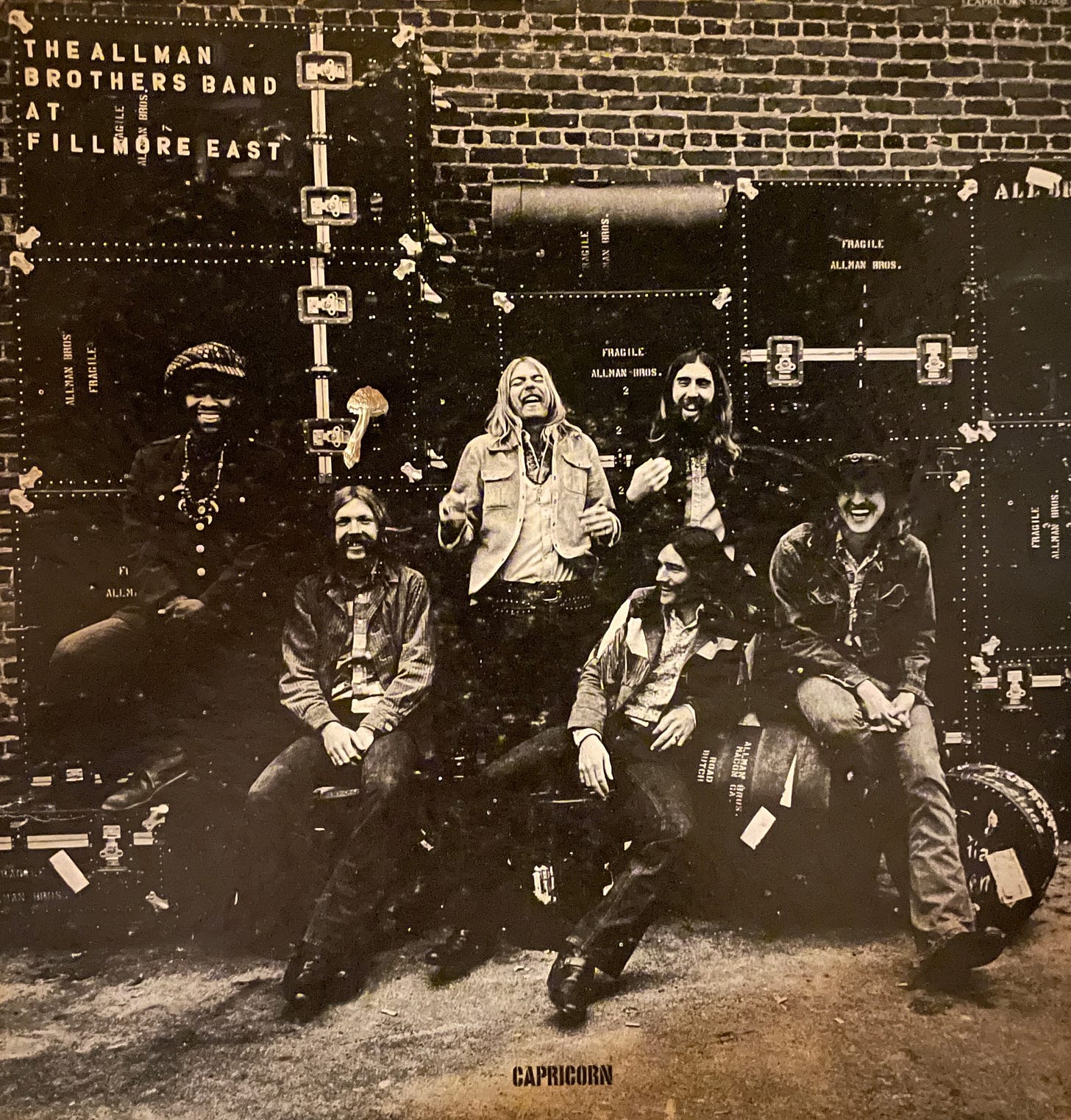
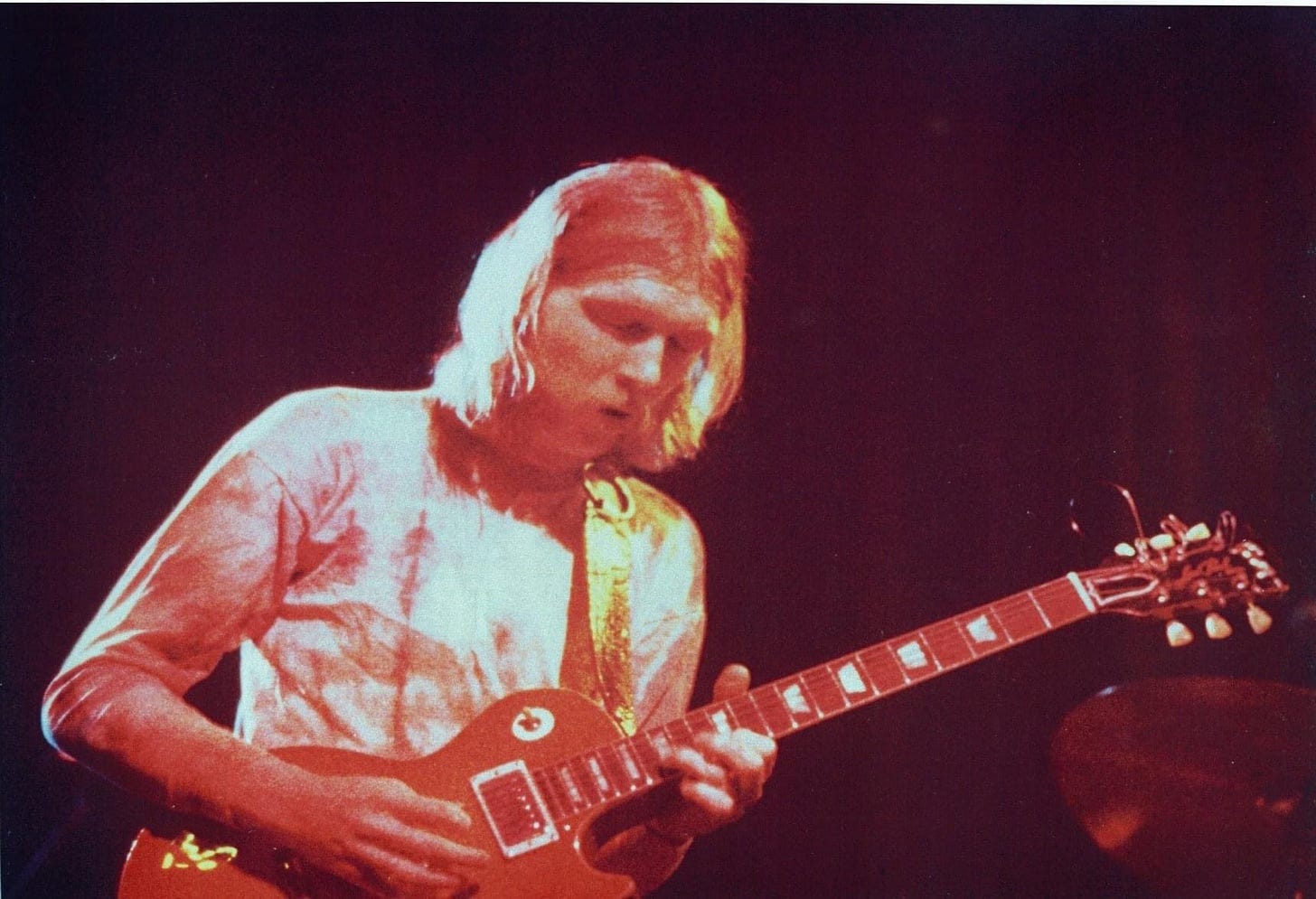
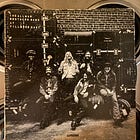
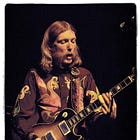
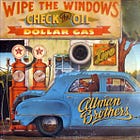
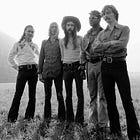
Bob, my influences went in the opposite direction, from Cream, Zeppelin, Allmans to the blues masters. When I read the credits on the albums, I started looking up Elmore James and Willie Dixon...etc and then finding and buying those albums. I grew up with the Beatles...but didn't know anything about their Blues and R&B influences. My parents listened to big bands and my older sister was into Pat Boone...the first live rock I heard at jr high and high school dances was mostly black R&B, Motown and then Cream...I was a senior in High School in '71 when I seriously started to play drums out in a cover band...and we latched onto the Allmans pretty quickly. One of the other bands in town, a little older than us was basically a Zeppelin tribute band. It was pretty cool...and we were making $25 to $50 a man per gig. I was able to buy my own car...freedom.